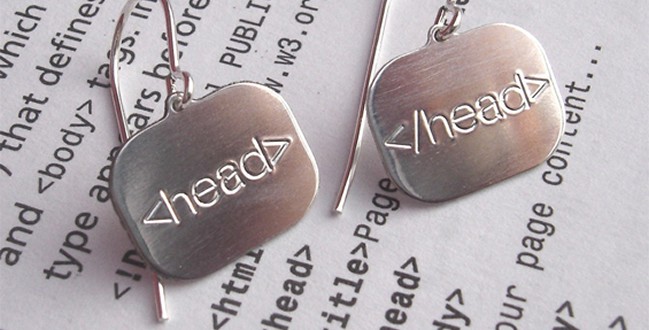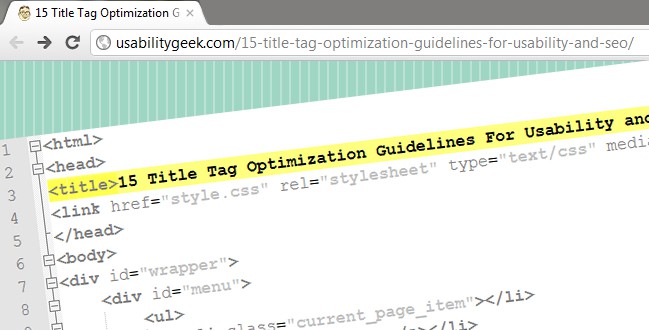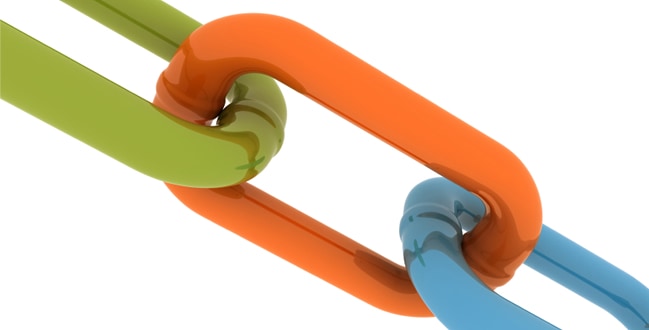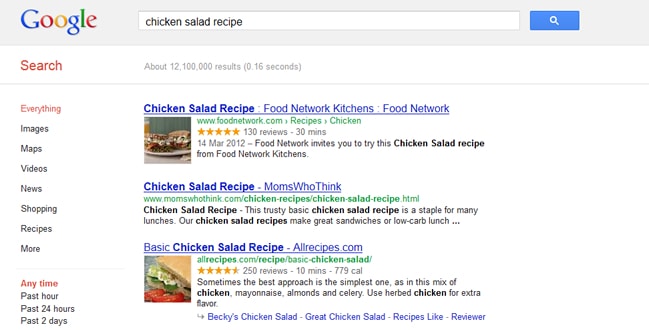It can be safely stated that everyone who owns a website wants their site to attract more traffic as this presents it with better growth opportunities. This is where many would state that Search Engine Optimization (SEO) comes to play. But in the bid to win the love, admiration and favor of search engines, people tend to forget the importance of website usability as a force that also drives quality traffic.
As search engines become smarter and more human-like in the way they rank their resuclts, website optimization becomes more refined and gives more opportunity to tweak to improve your website for both usability and SEO. A number of articles in this blog have been written to explain how you can do this. I would advise looking at articles such as:
- Content Density – Importance for Usability and SEO
- 10 Guidelines for Writing Usable and SEO Friendly Content
- 12 Effective Guidelines For Breadcrumb Usability and SEO
- 15 Title Tag Optimization Guidelines For Usability and SEO
1. <head>

Image Source: Kiwi Creative - http://blog.kiwicreative.net/2010/04/01/html-head-tag-earring/
Usability: From a usability point of view, the head tag may not seem important, since this section is not going to affect the look and feel of the website (save for the title tag). However, since much of the content of the head tag will be reflected in the Search Engine Results Page (SERP), if this content is perceived as deceitful or unprofessional, it will keep users from clicking to access your site. Google and other search engines will be using the content of the meta tags in the head tag in order to decide the snippet of your website. Thus, you need to make it as clean and usable as possible.
2. <title>

SEO: The good old days where stuffing your title tag with random keywords in order to attract search engine traffic have long gone. Search engines will display the content of your title tag as the clickable headline for listings on SERPs. They also use it to determine the topic of the web page. This is because search engine spiders or crawlers analyze the content of the page title and then translate the page topic.
The content of your title tag must reflect the content of your web page. By keeping this simple rule in mind whilst introducing your keywords ideally at the beginning of your title tag will give you an SEO-friendly title tag.
Usability: Users identify the web sites that are likely to contain the information they are searching for within the list of web sites on a SERP. Because web browsers use the title tags to label their tabs, users ultimately read the content of title tags to locate the tab in their web browser which contains the site they want to view.
By default, web browsers assign the content of the title tags to bookmarked sites. Thus users will also reference the content of title tags to locate web sites that they have bookmarked in their browser. Social bookmarking sites such as Facebook automatically retrieve the content of title tags when users attach a link for sharing. Thus, users will ultimately reference the content of title tags to determine whether a web site that others have bookmarked in a social bookmarking web site is worth checking out.
3. <meta name="description" …

Image Source: The Domestic Soundscape - http://thedomesticsoundscape.com/wordpress/?p=2714
Usability: From a usability point of view, descriptive, honest and different meta descriptions for each page on your site is a must. As stated above, users will see the content of the meta description in their SERP. If they see several listings from the same site with the same meta description then they will have a problem in identifying which link to click. Additionally if they access a site via the SERP because the content of the description is appealing but what they find is different from what they perceive, then this too will have a negative effect on the user experience.
4. rel="canonical"

SEO : A canonical page is the preferred version of a set of pages with highly similar content. If you have pages with similar content save for some minor, slight variations, setting a particular URL as canonical will overcome the problem of duplicate content in your site. Duplicate content is indeed heavily penalized by search engines.
Usability: Having pages with identical or very similar content is a factor that confuses users. If such duplicate content is present in links or navigation, then users will be at a loss as on which links to click on. Conversely, if the same content is accessed via differently named links, then this too will confuse users as they will try to see if the content is different.
5. <a href="..

SEO: Needless to say, links are essential for SEO. Together with XML sitemaps, they represent the only way in which search engine crawlers locate and index web pages. Google makes use of link juice in order to determine the value of links for its web ranking. For links to be search engine friendly they need to be descriptive (including in the title attribute) and must contain the keywords.
Usability: Having usable links effectively means that users are more likely to achieve the objective of why they are in your web site (be it for information searching purposes or purchasing of products or services). This goal achievement will positively affect their experience, thus increasing the likelihood that they will re-visit your site and/or recommend it to their peers.
6. <link rel="stylesheet"…

SEO: When JavaScript (JS) and Cascading Style Sheets (CSS) code is embedded in HTML files, it makes those files larger in size, thus making them slower to load. Search engines penalize slow-loading websites and Google have even introduced site speed in web search ranking. The best solution is to externalize the JS and CSS files, and fetch the code whenever required. Better still, these external CSS and JS files should be compressed as this will make them smaller in size and hence fetched faster. Minimizing the number of server calls to fetch these files by achieving a balance between the number of files and their sizes can also be beneficial in improving the site speed.
Usability: Users typically spend between 10 and 20 seconds on a web page unless the content grabs their attention. Now imagine how quickly users will leave a web page if that content takes very long to load! Studies conducted by Google confirmed that "faster sites create happy users" and "when a site responds slowly, visitors spend less time there".
7. Microdata

SEO : Microdata is one of three code languages designed to provide search-engine spider programs with information about website content. Better still, the accepted format for microdata, Schema.org has been endorsed by Google, Bing and Yahoo! As explained by AJ Kumar of Entrepreneur.com, microdata provides search engine spider programs with more context for the type of information on a website and the way the site should be indexed and ranked. Additionally, it also creates "rich snippets," which display more information on the SERPs than traditional listings.
Usability: Since search engines are able to learn more about the sites they are indexing, then they can present users with better results and more information via their SERPs. Implementing microdata is thus beneficial in the commencement of a positive user experience even before accessing the site itself.


Comments